|
by Dark Watcher |
|
|
In 1992 another multimedia gaming machine arrived silently on the market. The Tandy Video Information System (VIS). The
VIS supported CD-ROM based educational video game software and audio compact discs and offered an optional modem for connection to
online services. Tandy sold the device with the tagline "MANY OF THE BENEFITS OF MULTIMEDIA WITHOUT HAVING TO PURCHASE A
COMPUTER". The system was packaged with Compton's Multimedia Encyclopedia and Webster's Intermediate Dictionary. The VIS resembled a traditional VCR and used a wireless control pad to interface with both software and music CDs. The VIS was driven by a product known as "Modular Windows". In case you're not familiar with this, Modular Windows was basically the operating system forerunner to Windows CE (the system used in the Dreamcast). Since the kernel is based on a stripped down Windows 3.1, it was rumored to possibly run some programs on the VIS and visa versa. This, however, has not been verified. |
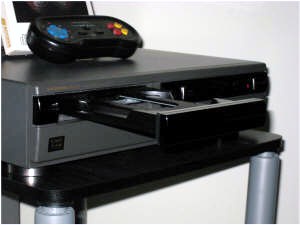 |
|
The unit was sold only in Radio Shack stores. It retailed for $699 USD with discs around $30 to $80. Unfortunately, gamers
were not interested in a device that played educational entertainment software. The software could be played on a Windows driven
computer. The price was also a bit much. The VIS was later sold as a catalogue only item called the Memorex MD 2500 Video
Information System. The price went down to $399. Needless to say the VIS was a mere blip on the videogame radar. The product was a huge loss for Tandy. Reviewers played on the VIS name calling it "Virtually Impossible to Sell". |
|
|
by Marriott_Guy |
|
|
In the early 1990s, the rage in video game hardware development was all about being an all-in-one device. The following lists
the prominent companies that took a swing at providing the buying public with the 'one' product that would satisfy all\most of their
multimedia needs: o 1991 - Philips CD-i (video games, audio CDs, edutainment CDs, movies) o 1991 - Commodore CDTV (video games, audio CDs, edutainment CDs, movies) o 1993 - Panasonic 3DO (video games, audio CDs, edutainment CDs) o 1993 - Pioneer LaserActive (video games, audio CDs, edutainment CDs, movies) As you can see, the above lists some pretty big hitters in the electronics industry. In 1992, Memorex, owned at the time by Tandy Corporation (owner of RadioShack stores), released yet another 'wonder' machine into the fray with the release of the VIS (Video Information System). This obscure system left a very small imprint on the sands of video console history due to a few reasons. |
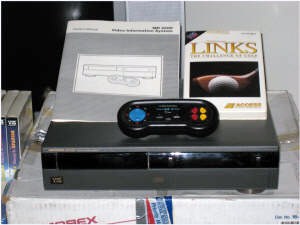 |
|
The VIS was essentially a stripped down Windows PC in a VCR style casing. A 16-bit Intel 80286 processor running at 12.5 MHz
powered the system that produced games in 16.7M colors at a resolution of 640x480. A customized version of Windows
3.1 (Modular Windows) is the
backbone of the system and audio\video performance. At the time, this was quite antiquated in terms of overall technical
horsepower. The chassis itself does not even merit further dialog, as the picture of this system obviously displays.
Wireless controllers were a nice touch and did differentiate it from its competitors, but the button alignment and offerings mirrors
the chassis - nothing to write home about. The media choice was sound as all VIS titles were released on CD-ROM (Audio CD was
also supported). So what about those titles? Almost ALL VIS titles can be categorized into the edutainment genre with about 50% of those targeted directly to children in the age range 8-15. Compton's Encyclopedia was included with the initial purchase of the VIS, but no true games were. There were a great deal of rumors out there of PC ports for this system that never went into production (King's Quest V, Space Quest IV, et al). The only true game that I can attest to being in existence, apart from the educational point-and-click safaris, is a release from Access Software called Links: The Challenge of Golf. Some of you may remember this popular 386 PC classic (which the Links franchise and company was later bought out by Microsoft). The graphics for the VIS are slightly less than their 386 counterpart, though navigation is a bit easier. All told around 70 titles or so were released for this system. |
 |
|
Two versions of the VIS were released. The Tandy version retailed for $699 and was only sold in RadioShack retail outlets
(actually hit store shelves in December 1992). The Memorex model was only available as an exclusive catalogue-direct sale from
the parent company, but retailed for $399 (no changes at all in the hardware or included software). The re-branding of the VIS
to the more popular Memorex label and lowering the price did nothing to save this console from its demise. To be honest, this
system could have retailed for $39.95 and still would not have been a good value for the consumer - this console is truly that bad.
Tandy's foray into the video game console market was extremely short-lived and ended up being an extremely costly venture for them.
They do not even acknowledge the existence of the VIS in their company's historical timeline. The Memorex VIS is only recommended for the true console collector - not at all for the gamer of any level. With only around 11,000 units sold, the system is rather hard to come by. Expect to pay a fair amount to acquire one of these units. Since the VIS is sometimes mistaken for a standard CD player, you might be able to grab it for $20 from someone who doesn't know what they truly have. |
|
|






 2010s - NOTES
2010s - NOTES


 MODELS
MODELS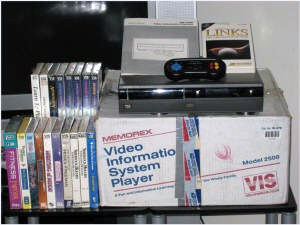

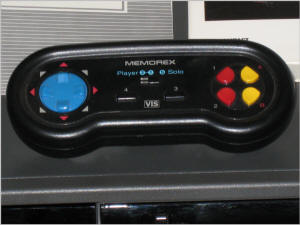
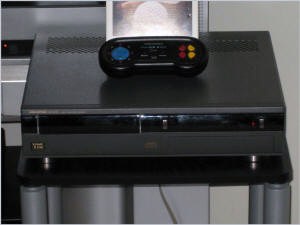
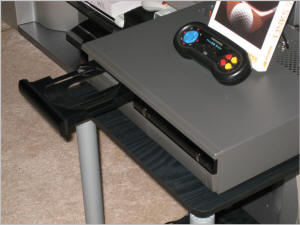
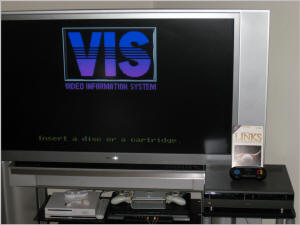
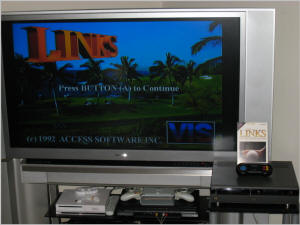

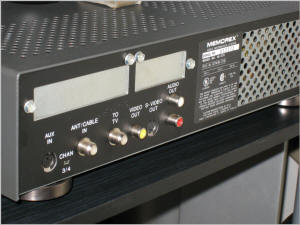
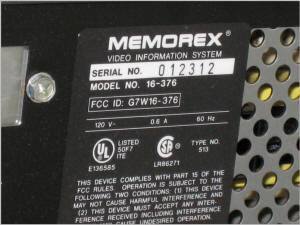
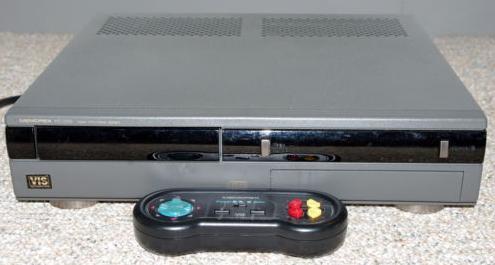
 CLONES
CLONES CONSOLE RATINGS
CONSOLE RATINGS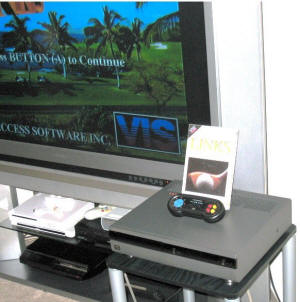
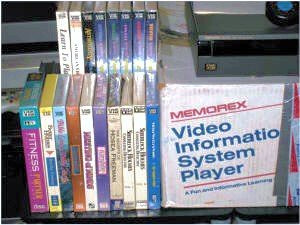
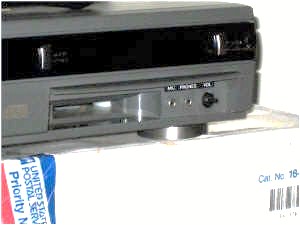
 FORMAT, PACKAGING & GENERAL INFO
FORMAT, PACKAGING & GENERAL INFO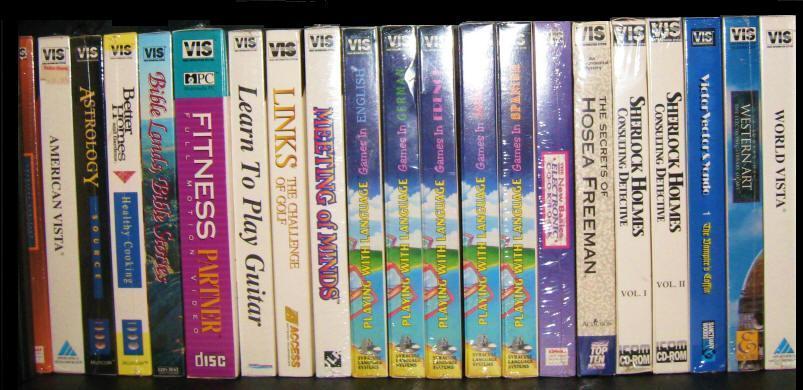
 SCREENSHOTS
SCREENSHOTS
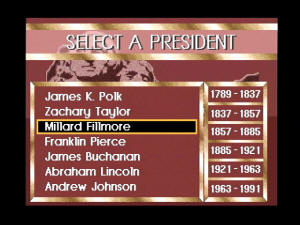

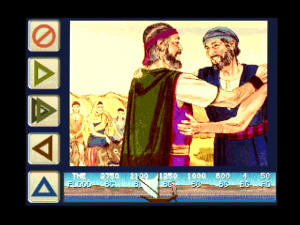





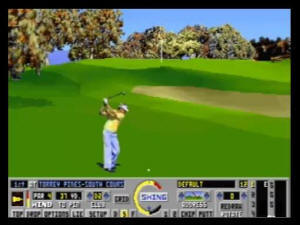
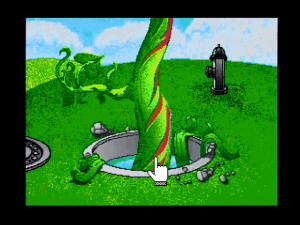
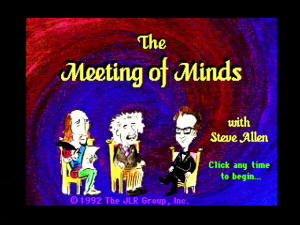



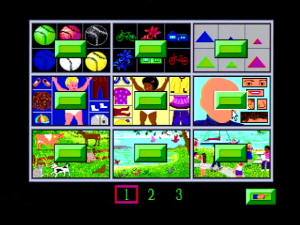
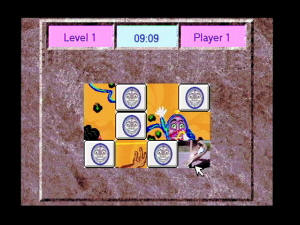
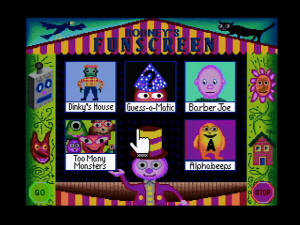
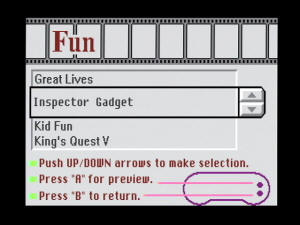
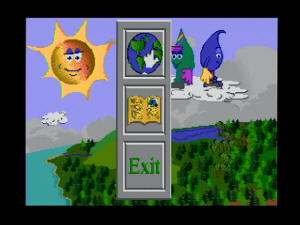









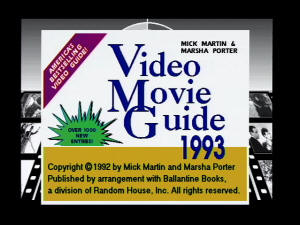

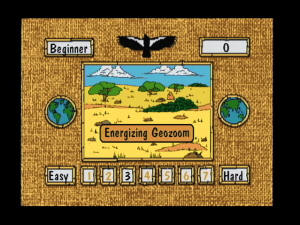

 EMULATION
EMULATION SPECS & MANUALS
SPECS & MANUALS OTHER
MEDIA
OTHER
MEDIA WEB RESOURCES
WEB RESOURCES
 DISCUSS
DISCUSS